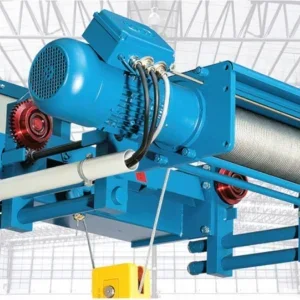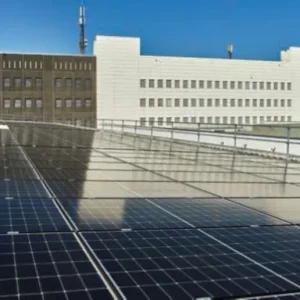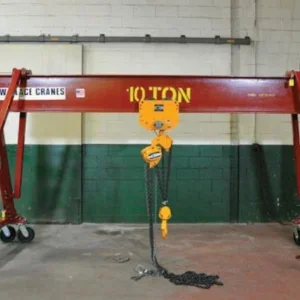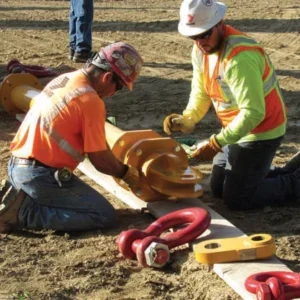The panel entitled, ‘Engineering solutions to your container handling equipment obstacles,’ took place on the opening day of the three-day event, at the Facilities Engineering Seminar & Expo, which discussed current trends and technology on container handling equipment problems, such as when you should upgrade versus buying a new crane; how to plan for obsolescence; and how to estimate total cost of ownership, in Savannah, Georgia.
CP&A’s former president, Rich W. Phillips, a structural engineer, was joined by Paul Harkness, director of crane maintenance and repair, Georgia Ports Authority (GPA); and Simo Mustalammi, a director in ship-to-shore (STS) cranes, Konecranes. The 90-minute session was moderated by Chris Novack, senior director of engineering and facilities maintenance, GPA and chairman on the AAPA facilities engineering committee.
“We took questions on the evolution of cranes; maintenance challenges; how to determine crane sizes; and crane simulators — all subjects that we consider ourselves an authority on, or at least an authoritative voice. Our hope is that these discussions will open the eyes of ports to help them plan better and be proactive, rather than simply reacting when something goes wrong,” he said.
Attendees were also keen to seek panellists’ advice on the skills of crane operators and how they find themselves at the controls of STS cranes; the number of partners, contracts, and people it takes to build and deliver an STS crane from issuance of a purchase order to commissioning at a port; when to perform upgrades to a crane; and many more subjects besides.
CP&A regularly attends conferences such as AAPA. CP&A delivered a paper on (now Dellner) Bubenzer’s brake only snag system (or BOSS) at two TOC conferences in Charleston, South Carolina, US; and Singapore. As CP&A presented in each instance, the BOSS product was developed based on experience with a previous system that had been installed in more than 200 container cranes worldwide. Conventional hydraulic anti-snag systems have only one fixed tripping point (pressure relief valve), Phillips said. BOSS, meanwhile, works with variable tripping points (each corner individually), depending on the actual corner load and hoisting speed.
AAPA represents more than 130 public port authorities in the US, Canada, the Caribbean and Latin America, promoting the interests of the port community, and advice on security, trade, transportation, infrastructure, environmental, and other issues related to port development and operations.






